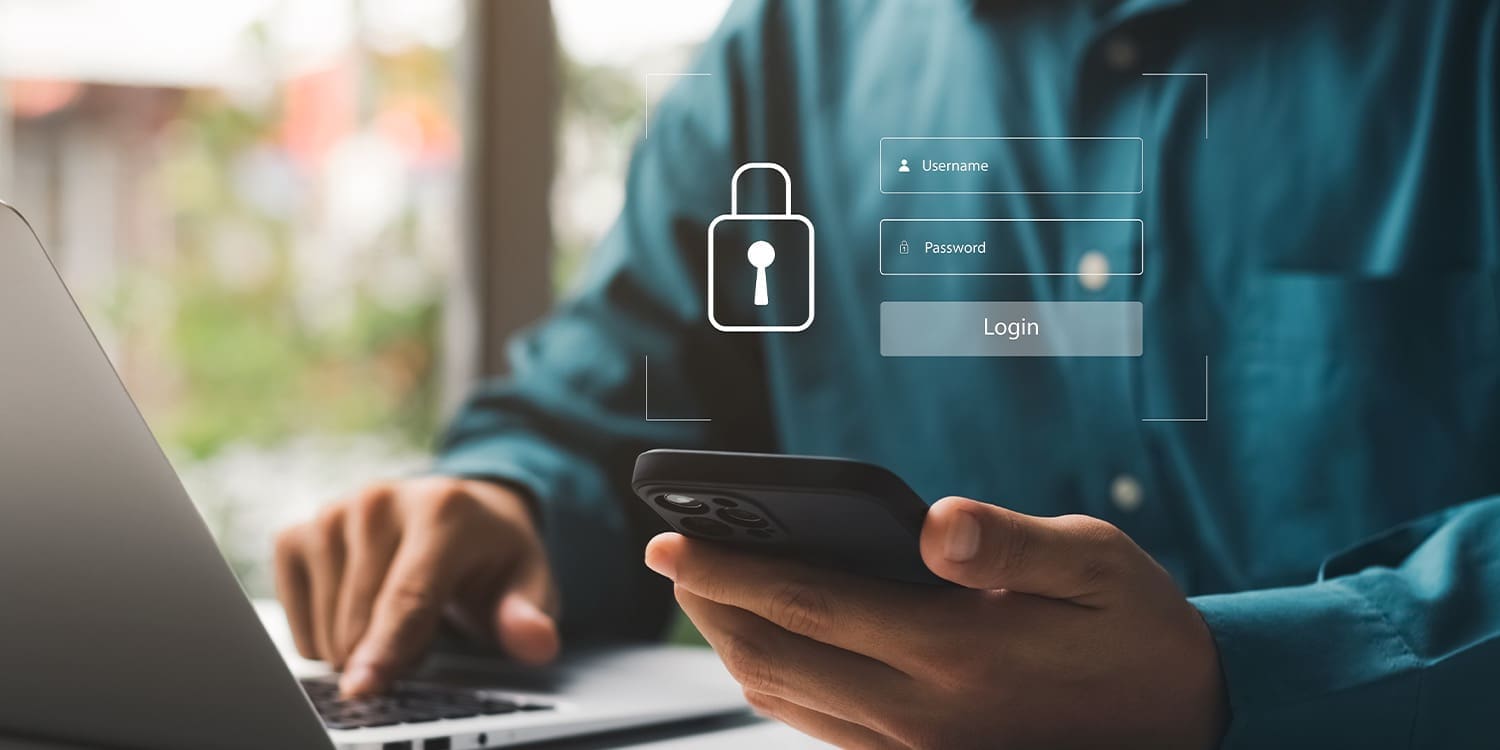Security and customer experience have long been seen as opposing forces — one focused on locking things down, the other on making things as seamless as possible.
But here’s the truth: Cybersecurity is a major concern for organizations across all industries. In fact, the ability to manage cybersecurity threats is a top concern of both service providers and buyers.
And while it’s a tricky line to walk, a great customer journey and strong security don’t have to be at odds. In fact, when done right, security can actually enhance CX rather than disrupt it. So how do brands strike the perfect balance?
The friction factor: When security gets in the way of CX
Ever tried logging into an account and been asked to verify your identity three different ways? Or had to reset your password again because of ever-changing complex rules? Security measures like these, while necessary, can frustrate customers to the point of abandoning interactions altogether.
Common security-related CX roadblocks include:
- Clunky authentication processes: Endless security questions and multi-step verifications can feel like a roadblock rather than a safeguard.
- Lack of personalization: Treating returning customers like strangers by making them re-verify information they’ve already provided.
- Slow issue resolution: Overly complex security protocols that make simple account recovery feel like an impossible mission.
- False fraud alerts: Good customers mistakenly flagged for suspicious activity, leading to service disruptions.
Customers expect security, but they also expect convenience. The brands that win are the ones that make security seamless, not suffocating.
Building security into the customer journey (without annoying your customers)
Security should feel like a natural part of the customer experience, not an obstacle course. Here’s how to integrate strong security measures without disrupting the journey.
1. Make authentication smart, not frustrating
Passwords are becoming a thing of the past. Instead of forcing customers to remember a jumble of characters, businesses should embrace smarter, frictionless authentication methods like:
- Biometric authentication (fingerprints, facial recognition) for seamless logins
- Behavioral biometrics that analyze typing speed, mouse movements or how a customer navigates an app to detect suspicious activity in the background
- One-click authentication via trusted devices instead of repetitive identity verification
The key is to use security methods that customers barely notice but still keep accounts safe.
2. Personalize security (because not every customer is a high-risk case)
One-size-fits-all security measures often lead to unnecessary friction. Instead, use data-driven insights to personalize security based on customer behavior and risk levels.
For example: Returning customers on familiar devices? Allow for quicker logins with minimal verification. New location or suspicious activity detected? Trigger additional authentication steps. By using AI-powered risk assessments, businesses can make security dynamic, adjusting protection levels in real time without inconveniencing trusted customers.
3. Give customers control over their own security
Customers feel more secure when they have some level of control over their own data protection. Businesses should offer:
- Customizable security settings: Let customers choose how they want to authenticate (e.g., SMS codes, biometric login, security keys).
- Transparent security alerts: Notify customers about login attempts or changes to their account with clear, actionable messaging.
- Simple self-service recovery options: Make it easy to reset passwords or recover locked accounts without needing to call support.
When customers feel empowered, security measures become less of a hassle and more of a reassurance.
4. Use AI to detect fraud without disrupting good customers
No one wants to be wrongly flagged for fraud, and no business wants to let actual fraud slip through the cracks. AI-powered fraud detection can analyze customer behavior in real time, spotting suspicious activity while allowing legitimate transactions to go through smoothly.
How AI can help:
- Spot anomalies instantly: AI can detect unusual patterns (like sudden high-value purchases or logins from unfamiliar locations) and take action before fraud occurs.
- Reduce false positives: Machine learning helps refine fraud detection so that good customers aren’t mistakenly blocked.
- Predict security risks before they happen: AI can identify potential vulnerabilities and alert businesses before breaches occur. The result is a security system that’s proactive rather than reactive, keeping customers safe without unnecessary disruptions.
When security enhances CX: Real-world examples at Foundever®
As three-time winners of the prestigious 2024 Fortress Cybersecurity Award presented by the Business Intelligence Group (BIG), Foundever understands that having rock-solid security measures enhances CX and builds loyalty.
Here are some examples of how we integrate safety into our strategies:
- Banking disruptor excels in risk management and compliance: With a +21-year partnership with Foundever, this banking client achieved a 93% risk management and compliance index, surpassing their goal of 80%. This was accomplished by embedding robust security measures into their operations without compromising customer experience.
- Global food brand boosts employee experience and delivers CX in 80 languages: By optimizing their customer experience delivery across multiple regions, this multinational food company achieved a 96% customer satisfaction rate. Streamlined security protocols contributed to this success by ensuring both employee and customer interactions were secure and efficient.
Security doesn’t have to be the villain of CX
Security should feel like an invisible shield, not a roadblock. Trust is everything, and brands that nail security and customer experience will be the ones customers stay loyal to. So, is your security strategy helping your CX — or hurting it? Now’s the time to find out. Learn more about how to secure a superior CX in our whitepaper: “Securing your customer experience: How to choose your CX delivery partner in an age of rising cyber threats.”
